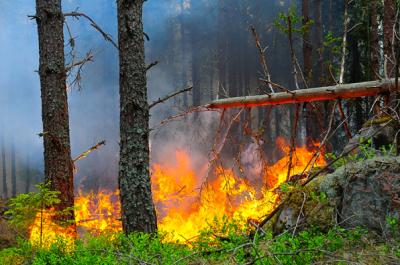Introduction
Several boreal insect species are pyrophilic and are more or less dependent on recently burned forest. Modern forestry has dramatically decreased the amount and size of forest fires in northern Europe in the last century. Due to the decrease of fires, several of the pyrophilic species are now threatened. Many pyrophilic species are attracted to potential substratum-rich recently burned habitats by smoke and heat. Ecological restoration of forests, with controlled use of fire, is a highly efficient conservation measure in intensively managed boreal forest landscapes. It can quickly transform an intensively managed forest stand to a suitable habitat for several rare and threatened species. However, the short-term ecological benefit of conservation burns, for several threatened species, depends on the availability of habitat patches that harbour potential colonizers of newly burned areas. This availability is partly determined by the ecological history of the landscape, mainly the fire history but also the duration and intensity of forest management. There is a need for knowledge of the effect of fire history on the distribution of pyrophilic species in the landscape and how to enhance the benefits gained by a conservation burns by optimizing fire frequency , size of fires and placement in the landscape.
Aim

Responsible for this page:
Director of undergraduate studies Biology
Last updated:
05/28/14
